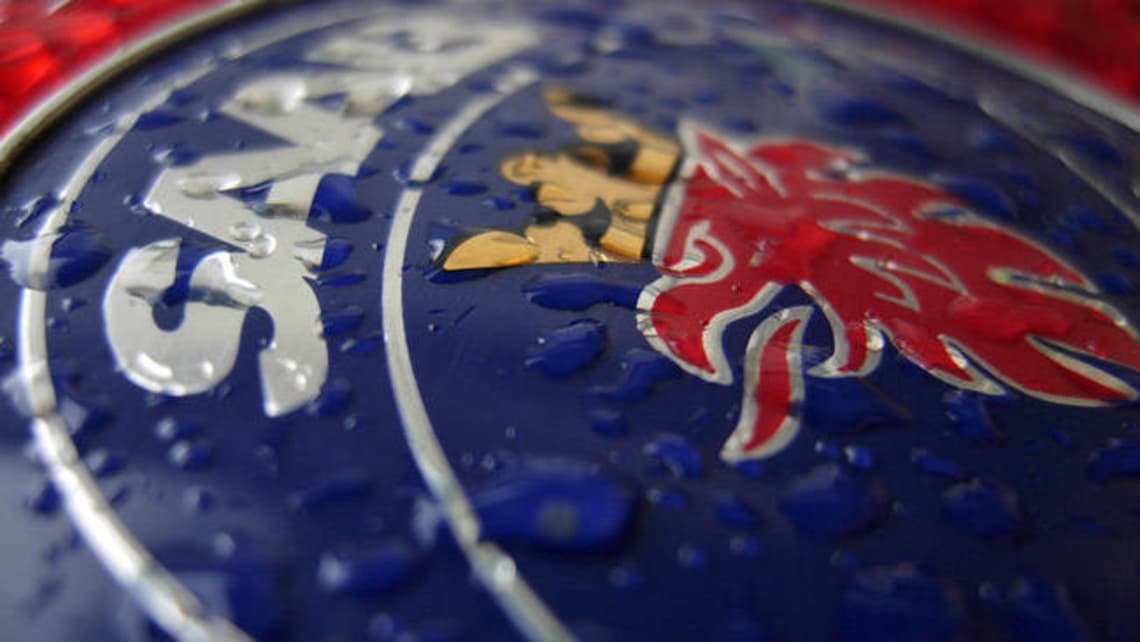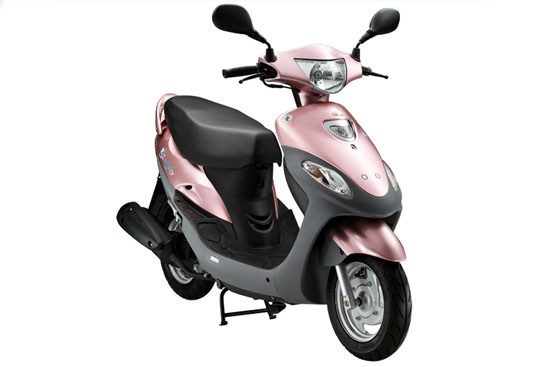
Saab guarantees will not be honored

The managing director of Saab Australia confirmed that Saab's bankruptcy filing had frozen all guarantees.
In Australia, 816 Saab owners faced a gloomy New Year as all company support and warranty was terminated. The managing director of Saab Australia confirmed that Saab's bankruptcy filing had frozen all guarantees.
“These are difficult times,” says Stephen Nicholls. "All warranties are suspended and we (Australia) are awaiting results from the new Saab administrator in Sweden."
The news is bad for Australian owners compared to US owners. General Motors, which owned Saab from 1990 to early 2010, has announced that it will honor warranties on cars built during its ownership.
But in Australia, the next owner of the Saab Spyker bought the warranty book from Holden in 2010. “All Australian cars are covered by the Saab warranty and that's a problem,” says Mr. Nicholls.
Saab launched its new 9-5 in April and received the last cars from the factory in May. “Since then, no new machines have left the factory,” says Mr. Nicholls. But grim as it is, Mr. Nicholls says Saab Tooling and Saab Parts — two separate businesses not involved in Saab Automobiles' bankruptcy — are both profitable and still trading.
“We can still buy spare parts because there is a contract for the supply of components for up to 10 years,” he says. "We can't say 100% of the parts are available, but it's certainly the majority."
Mr Nicholls says that while the news from Saab is hardly celebratory, the future of the quirky Swede was encouraging. “It's not over until it's over,” he says. "We remain optimistic about the news that there may be parties willing to invest some or all of Saab."
Last night in Europe, the CEO of Saab's parent company, the Swedish car company, said "there have been parties that have expressed interest in a possible acquisition of Saab after the bankruptcy." CEO Victor Müller says: "While this may seem like the end, it is not necessarily the case."
He said such proposals should now be judged by administrators appointed to oversee the bankruptcy process. Saab filed for bankruptcy this week after two Chinese companies left the company in a long-winded and complicated buyout for the homeless automaker.
The buyout was rejected by a shareholder and former owner of General Motors, who argued that all of its automotive technology and intellectual property would be placed in Chinese hands.
ROLMOP SAAB:
July 2010: Saab's new owner, Dutch sports car manufacturer Spyker, says it will sell 50,000–55,000 cars in 2010 in XNUMX.
October 2010: Spyker revised sales target to 30,000–35,000 vehicles.
December 2010: Saab sales for the year are 31,696 vehicles.
February 2011: Spyker plans to sell its sports car division to focus on Saab.
April 2011: Saab suppliers suspend deliveries due to unpaid invoices. Saab suspends car production.
May 2011: Spyker becomes Swedish Automobiles (Swan) and says it has funds from China's Hawtai to restart production. The Chinese government blocks the deal and the deal falls through. Another Chinese automaker, Great Wall, has denied any interest in financing Saab. Spyker signs an agreement with China's Pang Da Automobile Trade Company to provide Saab with the funding it needs to restart production and give Pang Da a stake in Spyker. Production resumes.
June 2011: Saab stops production after only two weeks due to lack of parts. The company says it is unable to pay salaries for June to its entire staff of 3800 employees due to lack of funding. The IF Metall union is giving Saab seven days to pay workers or face liquidation. On June 29, Saab employees received their salaries. China Youngman Automobile Group Company and Pang Da announced their intention to buy 54% of Saab for $320 million and finance three new models: Saab 9-1, Saab 9-6 and Saab 9-7.
July 2011: Saab announces that it cannot pay the July salary of 1600 employees. However, all workers are paid July 25th. Unionen says that if Saab doesn't pay the white-collar workers within two weeks, Unionen will be forced into bankruptcy. The European Investment Bank says it will reject Vladimir Antonov's request to become a co-owner of Saab.
August 2011: Saab pays salaries to employees through a share issue by US investment group Gemini Fund in exchange for five million Saab shares. The Swedish Law Enforcement Administration says it has more than 90 $25 million lawsuits against Saab for non-payment of debts. Swan announces that Saab lost $2.5 million in six months of 2011.
September 2011: Saab files for bankruptcy protection in a Swedish court, the second time in less than three years, to stave off creditors while Youngman and Pang Da continue their buyout plans. Swedish courts are rejecting Saab's bankruptcy filing, doubting it will be able to provide the necessary funding. Two workers' unions file petitions demanding Saab's liquidation. October 2011: Youngman and Pang Da agree to jointly acquire Saab Automobile and its UK dealer network arm from Swan for $140 million.
December 6, 2011: GM announces that it will not license GM patents and technology to Saab if the company is sold to Youngman and Pang Da, stating that the new owner's use of the technology is not in the interests of GM's investors.
December 11, 2011: Left with no alternative after GM blocked any Chinese partner, Saab officially files for bankruptcy.

